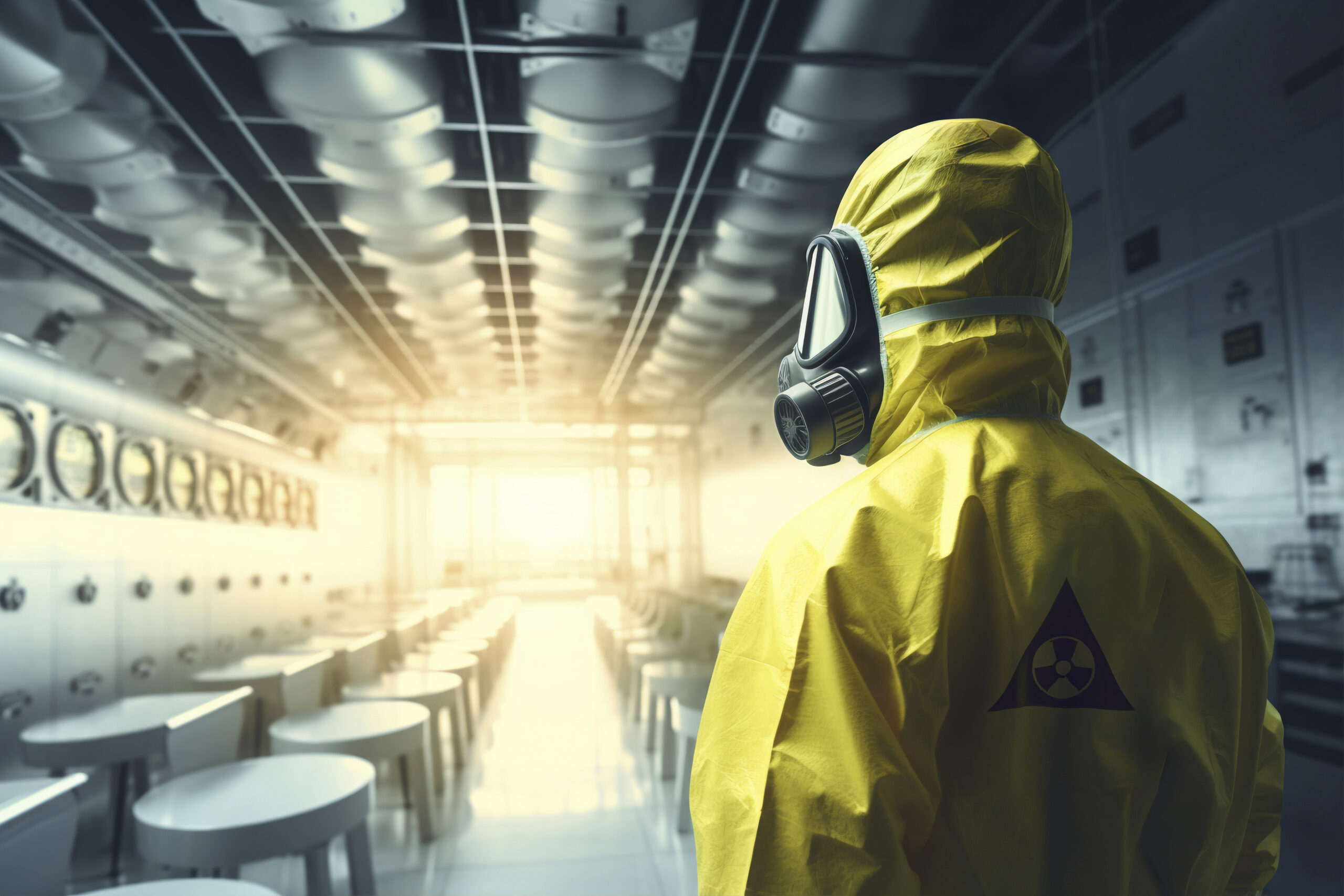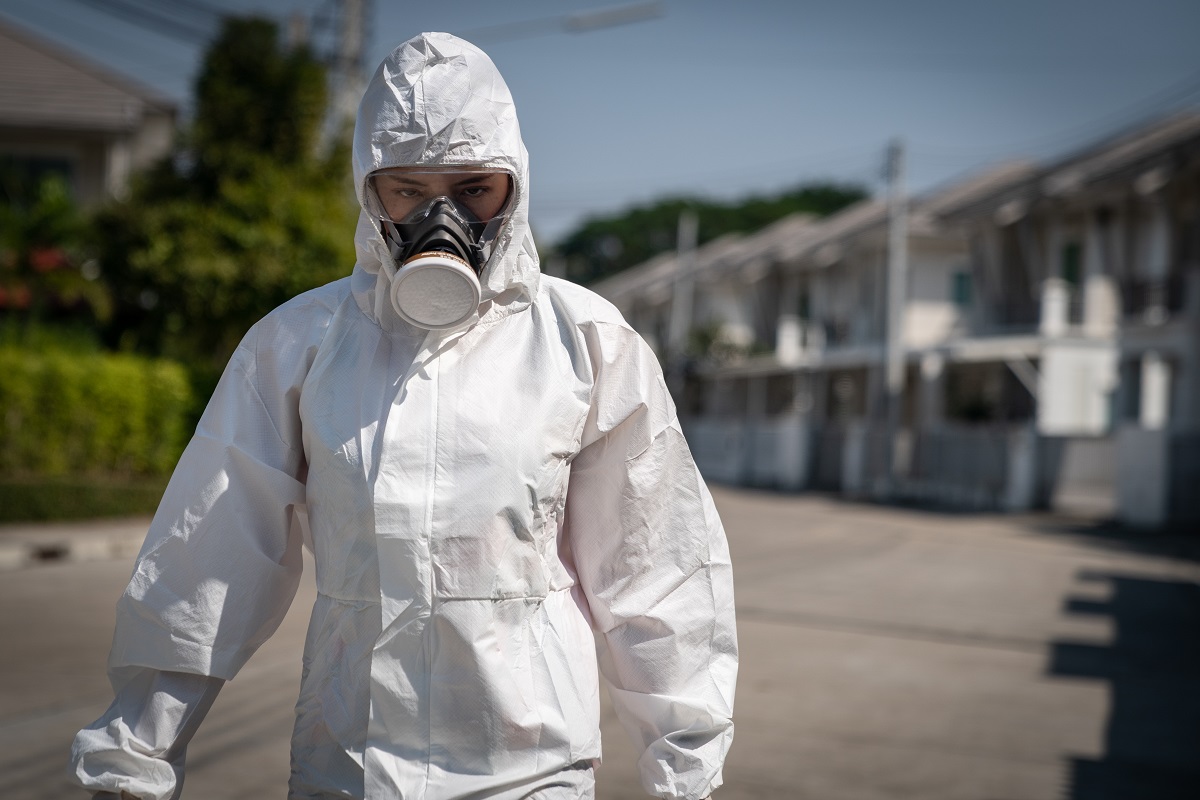Hoarder Cleanup Providers: Mending Order and Security in Your Home
Hoarder Cleanup Providers: Mending Order and Security in Your Home
Blog Article
Specialist Biohazard Cleansing and Purification for Blood, Bodily Fluids, and Hazardous Products
The potential health risks associated with exposure to biohazards highlight the essential requirement for thorough handling and thorough cleaning. As we browse the elaborate landscape of biohazard cleaning, recognizing the subtleties of policies, conformity, and the customized tools at play becomes vital in ensuring a comprehensive and secure purification process.
Wellness Dangers of Biohazard Direct Exposure
Direct exposure to biohazards positions substantial wellness threats that can result in serious consequences for communities and individuals alike. Biohazards incorporate a large range of organic substances, including blood, physical fluids, mold, bacteria, viruses, and various other possibly infectious materials. When people come right into call with these biohazards, whether through crashes, incorrect handling, or ecological direct exposure, they encounter the risk of contracting major ailments or conditions.
One of the primary wellness threats linked with biohazard direct exposure is the transmission of contagious illness. Bloodborne pathogens such as HIV, hepatitis B and C, and various bacteria can be present in biohazardous materials, positioning a direct risk to human health and wellness. Inhaling airborne biohazards like mold spores or entering into call with infected surfaces can likewise cause respiratory system concerns, allergic reactions, and various other adverse health results.
Moreover, biohazard direct exposure can have lasting wellness effects, with some conditions manifesting years after the initial get in touch with (Blood Cleanup). Consequently, it is essential to focus on proper biohazard cleansing and decontamination to reduce these health and wellness threats and make certain the safety and security of neighborhoods and people

Specialized Training for Biohazard Clean-up
When it comes to managing biohazard cleaning successfully and safely, specialized training plays a fundamental function in making sure appropriate purification treatments are followed. Biohazard clean-up needs particular knowledge and abilities to successfully minimize threats connected with bloodborne microorganisms, physical fluids, and harmful products. Specialists trained in biohazard cleaning undergo extensive guideline on exactly how to securely manage, eliminate, and take care of biohazardous products to avoid contamination and direct exposure.
Specialized training for biohazard clean-up covers a series of essential topics, consisting of correct personal protective equipment (PPE) use, bloodborne microorganism recognition, purification techniques, and contaminated materials disposal procedures. People learnt biohazard cleanup are furnished with the required competence to analyze contamination degrees, determine prospective risks, and execute suitable clean-up treatments in conformity with governing criteria.
Continuous training and education are paramount in the area of biohazard cleanup to stay updated on the current decontamination innovations, security procedures, and guidelines. By purchasing specialized training, biohazard cleanup professionals can successfully react to emergency situation clean-up scenarios and protect both public wellness and the setting.
Significance of Correct Purification Strategies
Using proper decontamination techniques is important in biohazard cleaning to successfully reduce and get rid of unsafe materials wellness threats. Effective decontamination not only guarantees the elimination of visible traces of blood, physical liquids, and other biohazards however likewise targets unnoticeable pathogens that may posture significant wellness hazards if not effectively eradicated. By complying with rigid decontamination methods, trained specialists can significantly decrease the danger of exposure to hazardous microbes, infections, and microorganisms that can result in illness or infections.
Appropriate purification techniques include using specific tools and anti-bacterials that are particularly created to counteract biohazards efficiently. Detailed cleansing and disinfection of polluted locations are necessary to avoid the spread of virus and make sure a secure environment for residents. Furthermore, the correct disposal of biohazardous waste complying with decontamination treatments is important in protecting against contamination of various other surfaces or individuals.

Devices and Devices for Safe Cleaning
The correct devices and tools play an important role in ensuring the secure and effective cleaning of biohazardous products. When managing blood, bodily fluids, or unsafe materials, biohazard cleaning professionals rely on specialized equipment to minimize direct exposure threats and thoroughly sanitize look at here now the afflicted location. Individual safety equipment (PPE) such as gloves, goggles, coveralls, and masks are necessary to protect versus direct contact with potentially infectious products. In addition, biohazard cleansing packages having disinfectants, absorptive products, and biohazard bags are made use of to securely have and get rid of of infected things. Blood Cleanup.
Advanced cleansing tools like hospital-grade anti-bacterials, HEPA-filtered vacuums, and fogging makers are used to sanitize surfaces and get rid of biohazards successfully. Specialized equipment such as sharps containers and biohazard waste disposal bins are utilized to safely take care of sharp items and biohazardous waste products. By making use of the ideal tools and tools, biohazard cleansing specialists can guarantee a complete clean-up procedure that prioritizes safety and security and decreases health and wellness dangers for both workers and passengers of the affected area.
Rules and Compliance in Biohazard Cleaning
Proper adherence to laws and compliance requirements is paramount in biohazard cleaning to guarantee the safety of both employees and the environment. Federal government firms such as OSHA (Occupational Security and Health Management) and the EPA (Epa) have actually developed certain standards for biohazard clean-up treatments to lessen health dangers and environmental contamination. These guidelines cover a variety of aspects consisting of the handling, transportation, and disposal of biohazardous products, in addition to the necessary training and protective tools required for workers associated with the cleanup process.
Biohazard cleaning business have to stay updated with these policies to ensure that their procedures meet the required safety criteria. Failure to abide by these guidelines can lead to severe consequences, consisting of fines, lawful action, and threatening the wellness of people and the setting. By following rigorous policies and compliance procedures, biohazard cleansing firms can properly minimize threats and guarantee a thorough and risk-free cleanup process for all events included.
Conclusion
In conclusion, biohazard cleaning and purification call for specialized training, appropriate techniques, and adherence to guidelines. Direct exposure to blood, bodily fluids, and harmful materials postures considerable wellness dangers, making it essential to utilize the how to clean up blood ideal devices and tools for secure clean-up. By adhering to rigorous methods and guidelines, experts can successfully reduce the risks related to biohazard exposure and make sure the security of both themselves and others.
As we browse the complex landscape of biohazard cleaning, understanding the nuances of guidelines, compliance, and the customized tools at play ends up being imperative in guaranteeing a risk-free and complete decontamination process. (Blood Cleanup)
When it comes to managing biohazard cleaning effectively and Discover More safely, specialized training plays a fundamental duty in guaranteeing correct decontamination procedures are complied with.Using proper purification techniques is vital in biohazard clean-up to efficiently reduce and remove hazardous materials health risks. Furthermore, biohazard cleansing packages consisting of anti-bacterials, absorbing materials, and biohazard bags are used to safely get rid of and have of infected things.
Government companies such as OSHA (Occupational Safety And Security and Health Management) and the EPA (Environmental Defense Company) have developed specific standards for biohazard cleanup procedures to lessen health risks and ecological contamination.
Report this page